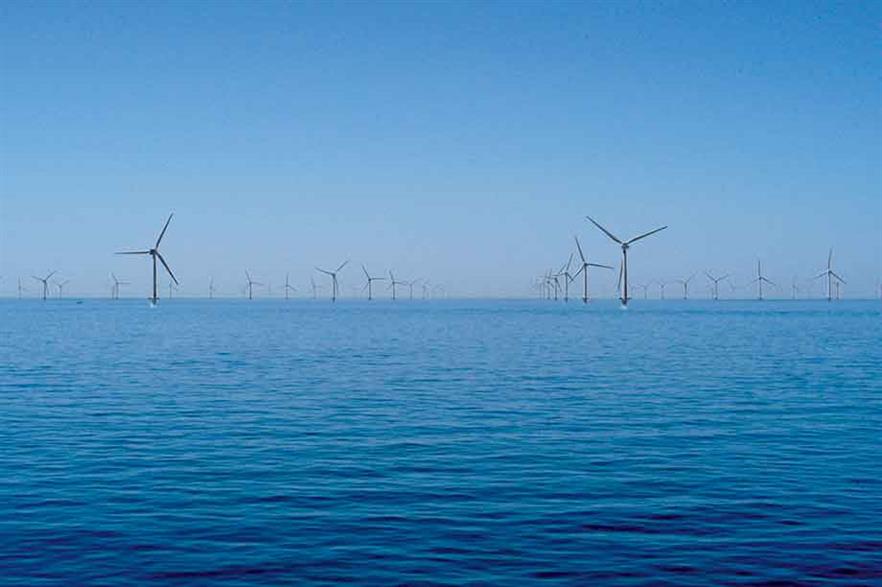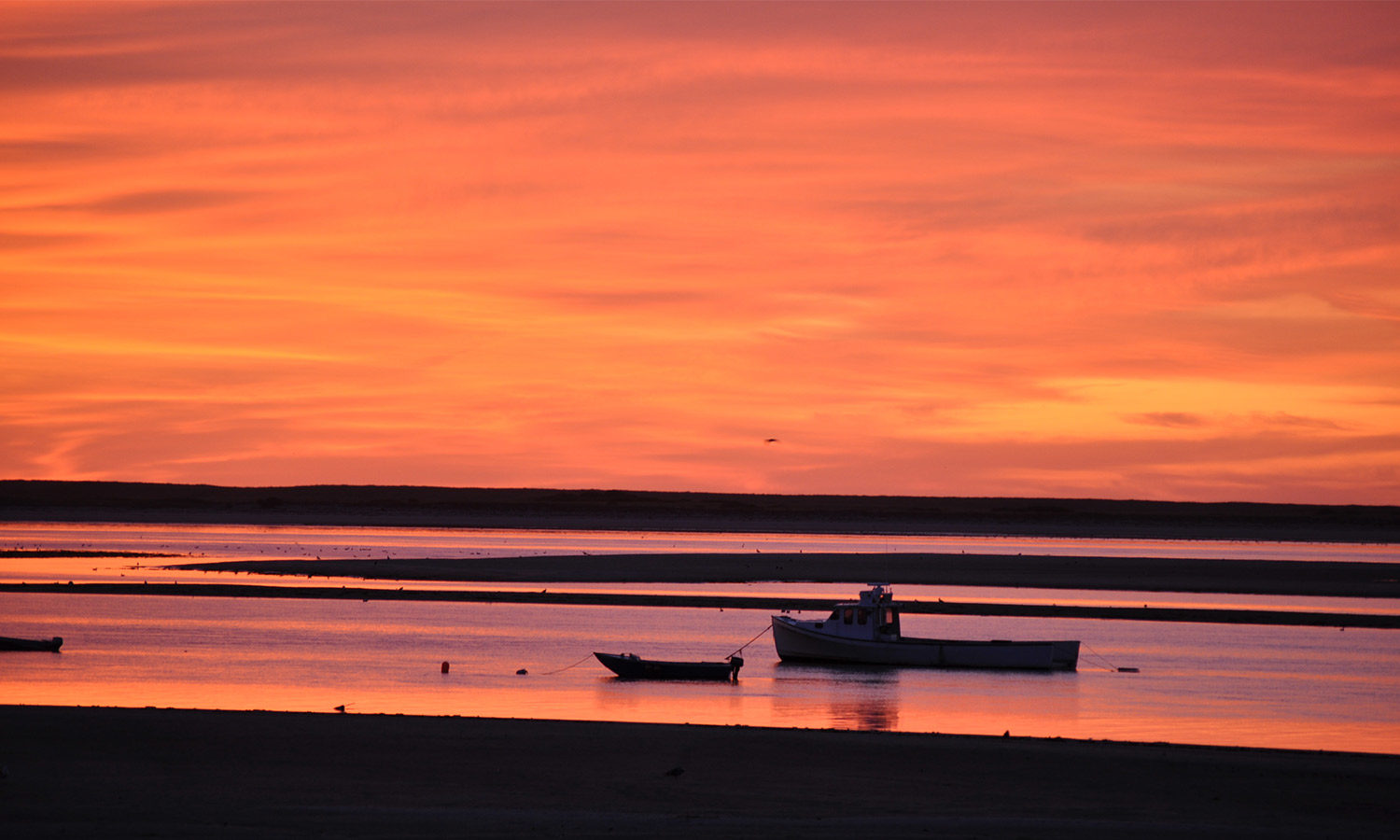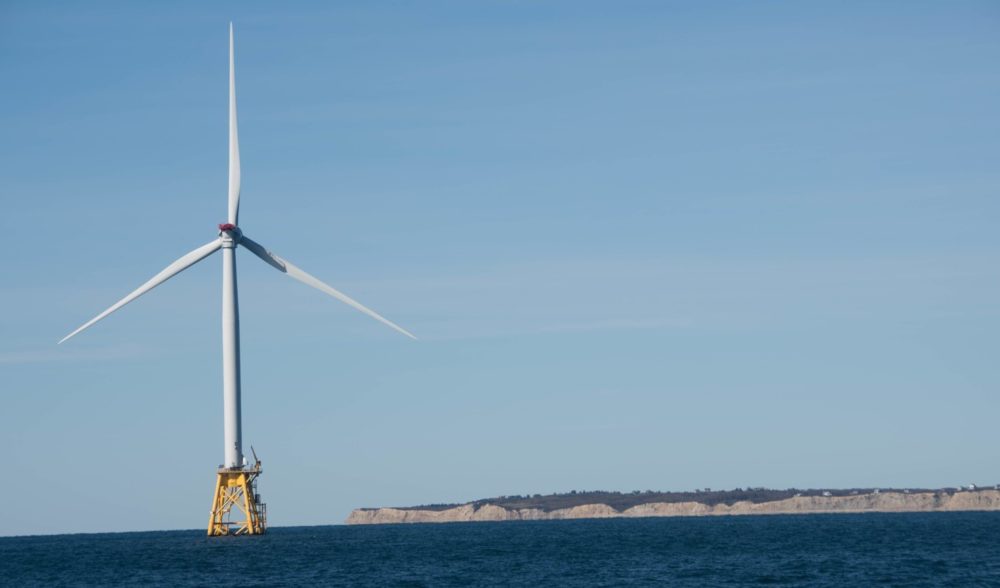In my field of energy policy, people are focused on the magnitude of investment necessary to mitigate climate change, justified by decades worth of research pointing to the fact that humans are negatively impacting our environment through the burning of fossil fuels. Faced with that reality, many scholars and policymakers have dedicated their lives to transitioning our world to a more sustainable future. This is a noble goal, to be sure, and it is one that I certainly hope to contribute to. But we seem to think working on high stakes, existential problems like climate change gives us justification to use whatever technology needed to reduce carbon emissions and reach a sustainable future that encompasses environmental, social, and economic development. This technocratic naivety by brilliant scientists, gifted policy makers, and eager students like myself will hold us back from creating an equitable society without fossil fuels if we fail to listen attentively to the needs of and calls to action by devoted environmental justice advocates representing Black, Indigenous, and people of color communities.
The failed Cape Wind Project exemplifies the tension between achieving our vastly important renewable energy goals and successfully prioritizing environmental justice in the comprehensive way that we would like to.
What was Cape Wind?

Cape Wind was a proposal to meet renewable energy demands by building the United States’ first ever offshore wind farm. Championed by renewable energy advocates, lawmakers such as former Massachusetts Governor Deval Patrick, and developer of the project Jim Gordon, Cape Wind would have included 130 turbines and provided over 400 megawatts of renewable energy. That amount of energy could have removed about 734,000 tons of fossil fuels from Cape Cod annually.
The climate change mitigation benefits of the project were clear, but the success of the project depended on many stakeholders, some of whom illuminated environmental justice concerns. Government officials failed to consult the local Wampanoag tribe when making decisions about the project, therefore threatening their ability to make decisions about land that is culturally important to the community. As society facilitates the shift away from fossil fuel infrastructure it is imperative to engage with all stakeholders, especially members of Indigenous communities that are already feeling the brunt of negative effects of climate change in conjunction with lack of consent regarding land use.
How could Cape Wind have impacted Indigenous voices?

The original proposed location of the Cape Wind Project when it began in 2001 was Horseshoe Shoal in Nantucket Sound, an area historically occupied by the Wampanoag tribe, or “people of the first light”. For thousands of years, they have centered important cultural traditions around an unobstructed view of the sunrise in the region.
In 2010, Indigenous people spoke out regarding their concerns with the project’s impact on Wampanoag culture, which stalled the project for a hearing by the Advisory Council on Historic Preservation (ACHP). After considering perspectives from multiple stakeholders, the ACHP recommended that Secretary of Interior Ken Salazar reject the Cape Wind project, citing the “destructive” impacts of Cape Wind on many historic sites. However, Salazar approved the project anyway, proving that the hearing was purely symbolic. Even though their voices catalyzed the hearing, the Wampanoag members who opposed the project were not consulted from the start, and had to work hard to inject their voices into the debate nine years after the project began.
The Wampanoag were the first tribe to encounter the European settlers aboard the Mayflower, yet some communities did not receive federal recognition until as recently as 2007. The power and sovereignty of the Wampanoag have been systemically diminished throughout history, both by force and by legal action. The lasting impacts of settler colonialism explain why they were not included in the decisions regarding Cape Wind. Their perspective was not wanted or valued in any real way.
How can renewable energy advocates change this?
We must undo the disastrous exclusion of Indigenous perspectives in the United States, specifically in the renewable energy field, where opposition is viewed as antithetical to progress. When Cape Wind was ultimately crushed, it was not due to consideration of Indigenous voices, but rather the expensive legal and political battles waged by wealthy special interest groups and powerful families. Some believe Cape Wind can be hailed as a success for Indigenous groups, because the government took the time to hold a hearing and the project did not actually come to fruition. However, the effects of settler colonialism seen throughout the conflict indicate that Indigenous perspectives were only symbolically included. Indigenous Potawatomi scholar Kyle Whyte argues that our urgent call for climate action does not “justify solutions that ultimately harm Indigenous peoples”. Renewable energy advocates must seriously integrate tribal perspectives from the outset to avoid this harm.

